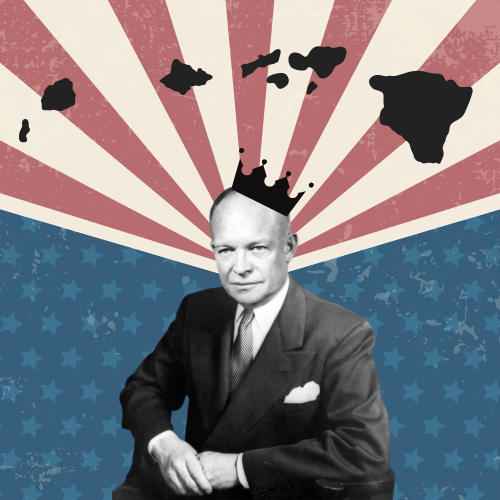Imperialism’s Escalating Environmental Impact on Hawai’i
By Jacob Silverman
The devastating fires in Maui are the latest development in what feels like a straight path toward our impending doom. The tropical paradise set ablaze has reminded residents of the most powerful country in the world of the very real and destructive threat that is climate change.
Rising global temperatures have been at the forefront of the public consciousness for decades, and massive, uncontrollable wildfires are just one of the symptoms. California in particular is no stranger to massive blazes; in fact it feels like one of the markings of summer in my home state of Colorado when smoke is brought in from the west by the wind. These recent blazes on the Hawaiian island of Maui, however, feel different due to the cultural context of their location.

The Kingdom of Hawai’i was a self-sustaining nation before being conquered by American imperialists in the mid-1800s. Since then it has become the United States’ 50th state and is a popular destination for Americans and visitors from other countries, resulting in billions of dollars in revenue for the United States. Massive resorts have been erected along Hawaii’s beautiful white beaches to accommodate the millions of tourists that travel there each year. The once vibrant coral reef systems that inhabit Hawaiian waters have begun to turn gray and die out due to outsiders’ excessive use of sunscreens harmful to the reefs. Native Hawaiians have become displaced because of the rapidly increasing cost of living, driven higher by the demand set by tourists. The local government has called upon residents to cut back on their water usage to meet the demand set by visitors, especially during the ongoing post-COVID tourism boom.
Because of this, many young people whose bloodlines have called the Hawaiian islands home for generations have taken to social media to question the ethics of visiting the colonized destination. They point out a clearly idealized picture of Hawai’i: a tropical paradise, home to a plethora of colorful plants and animals, with a culture centered around flower crowns, coconut bras, and nightly dance rituals. While there may be some truth to these images, the Hawai’i that is presented to tourists is only manufactured to drive tourism up. There is no regard made to the Natives and their needs; rather, a caricature of their generalized culture is presented that is one-dimensional and non-combative.
The prioritization of tourism, particularly regarding the fresh water supply that is rationed primarily to tourists, likely was part of why the Maui fires were as destructive as they were. While it may be unfair to blame any one naive tourist for this issue, it is even more unfair to the indigenous people of the island that their home burned due to the disparity they continue to face in access to resources.
The fires that we’ve witnessed on Maui not only reflect the global issue of climate change but also the local problem of the occupation of the Hawaiian islands. Putting emphasis on the tourism industry in the last two years has done irrefutable damage to the islands, their ecosystems, and their inhabitants. It is clear that native Hawaiians do not want tourists visiting their homes as it leads to such atrocities as the Maui fires. If you claim to love Hawai’i for all of its beauty and culture, it may be time to reevaluate how you go about appreciating it. A spring break vacation is likely not worth more than the lives of the thousands of people who call the Hawaiian islands home.
